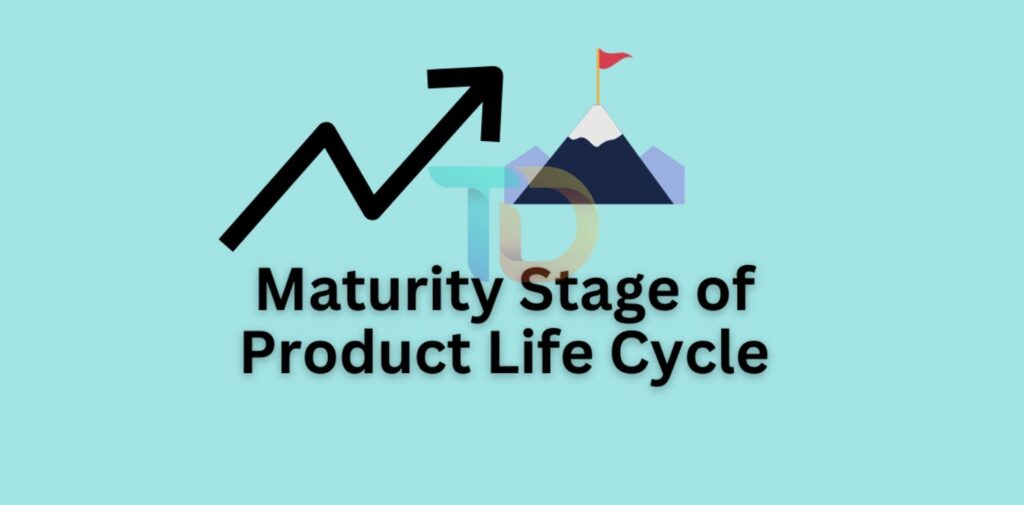In the dynamic business world, every industry goes through different phases, and understanding these phases is crucial for businesses to adapt and thrive. This concept is called the “Industry Life Cycle.” Just like products have a life cycle from development to decline, industries too experience growth, maturity, and eventually, decline. In this article, we will explore what the industry life cycle is, the phases it involves, and how it impacts strategic decision-making for businesses, particularly in India.
What is the Industry Life Cycle?
The Industry Life Cycle (ILC) is a model that describes the stages an industry goes through from its inception to its eventual decline. This cycle consists of four main stages: Introduction, Growth, Maturity, and Decline. Each stage presents different challenges and opportunities, and companies need to adjust their strategies according to the stage their industry is in. In India, where industries vary widely, understanding this cycle helps businesses craft the right approach to remain competitive and successful.

The Stages of the Industry Life Cycle
Introduction Stage
In the introduction stage, an industry is in its early phase of development. Products or services are new, and there is often limited competition. This is the stage where companies invest heavily in research and development (R&D) and marketing to create awareness and attract customers. The focus is on educating the market, building brand recognition, and developing a customer base.
For example, the electric vehicle (EV) industry in India is currently in the introduction stage. While the demand for EVs is growing, many consumers are still unfamiliar with the technology, and the infrastructure is underdeveloped. Companies like Tata Motors and Mahindra Electric are working on increasing consumer awareness and offering attractive incentives to make EVs a mainstream choice.
In this stage, the strategic focus for businesses should be on innovation, customer education, and capturing early adopters. High investment in marketing, technology, and customer service is essential.
Growth Stage
The growth stage is when the industry starts to gain traction. Demand increases, and more players enter the market. This is the phase where businesses experience rapid growth in sales, market share, and profitability. Companies start to refine their products or services based on customer feedback and improve their operational efficiency.
In India, the smartphone industry can be considered in the growth stage. With the rise of affordable smartphones and increased internet penetration, the demand for smartphones is growing at an exponential rate. Brands like Xiaomi, Realme, and Samsung have successfully tapped into the market with competitive pricing and innovative features, leading to rapid growth.
During this phase, businesses should focus on scaling up operations, expanding their customer base, and differentiating their products from competitors. Efficient distribution channels and customer retention strategies become key priorities.

Maturity Stage
As the industry reaches maturity, growth slows down. The market becomes saturated, with most potential customers already served. Competition intensifies, and businesses start to focus on maintaining their market share rather than pursuing aggressive growth. Profit margins may begin to decrease as companies lower prices or increase promotions to attract customers.
For instance, the retail industry in India, especially in e-commerce, is now in the maturity stage. Platforms like Flipkart and Amazon India dominate the market, and most urban consumers already have access to online shopping. As a result, these companies are shifting their focus to customer loyalty, new offerings, and international expansion to maintain growth.
In the maturity stage, businesses need to focus on cost leadership, customer loyalty programs, and differentiation through innovation and unique customer experiences. Strategic decisions should revolve around maintaining market share while optimizing costs and improving operational efficiencies.
Decline Stage
The decline stage occurs when the industry’s products or services are no longer in demand. This phase is marked by shrinking customer interest, declining sales, and the exit of several players from the market. Businesses may choose to innovate, diversify, or withdraw from the market completely.
A clear example in India could be the photographic film industry, which has largely been replaced by digital cameras and smartphones. Companies like Kodak that once dominated the market have struggled or exited, while others have shifted their focus to digital solutions.
In the decline stage, businesses need to decide whether to exit the market, diversify into other areas, or find ways to reinvent their offerings. The focus should be on minimizing losses and adapting to changing market conditions.
How Industry Life Cycles Impact Strategy
Understanding where your industry stands in the life cycle is critical for making informed strategic decisions. Here’s how the different stages influence business strategy:
- Innovation and Investment in Early Stages
During the introduction and growth stages, companies need to heavily invest in R&D, marketing, and customer acquisition. Innovating and building strong brand recognition are key strategies to gain an early advantage. Companies should focus on offering unique products that meet customer needs and differentiate them from competitors. - Efficiency and Differentiation in Maturity
Once the industry matures, businesses should focus on increasing operational efficiency and reducing costs to maintain profitability. Pricing strategies, brand loyalty, and improving customer experience become crucial. Differentiation is necessary to stand out from the competition and retain customers in a crowded market. - Cost Reduction and Diversification in Decline
In the decline phase, businesses must focus on minimizing costs and maximizing profits from the remaining market share. Diversification into new markets or products can help extend the life cycle of a company. In some cases, exiting the market and focusing on more profitable ventures might be the best strategy.
Conclusion
Understanding the stages of the Industry Life Cycle helps businesses make better strategic decisions, tailor their marketing and sales efforts, and navigate challenges effectively. Whether it’s the introduction phase of a new technology or the maturity of a well-established industry, adapting your strategy to the life cycle of the industry is crucial for long-term success. For Indian businesses, where industries evolve rapidly, staying aware of where your industry stands can provide a competitive advantage and drive growth.


